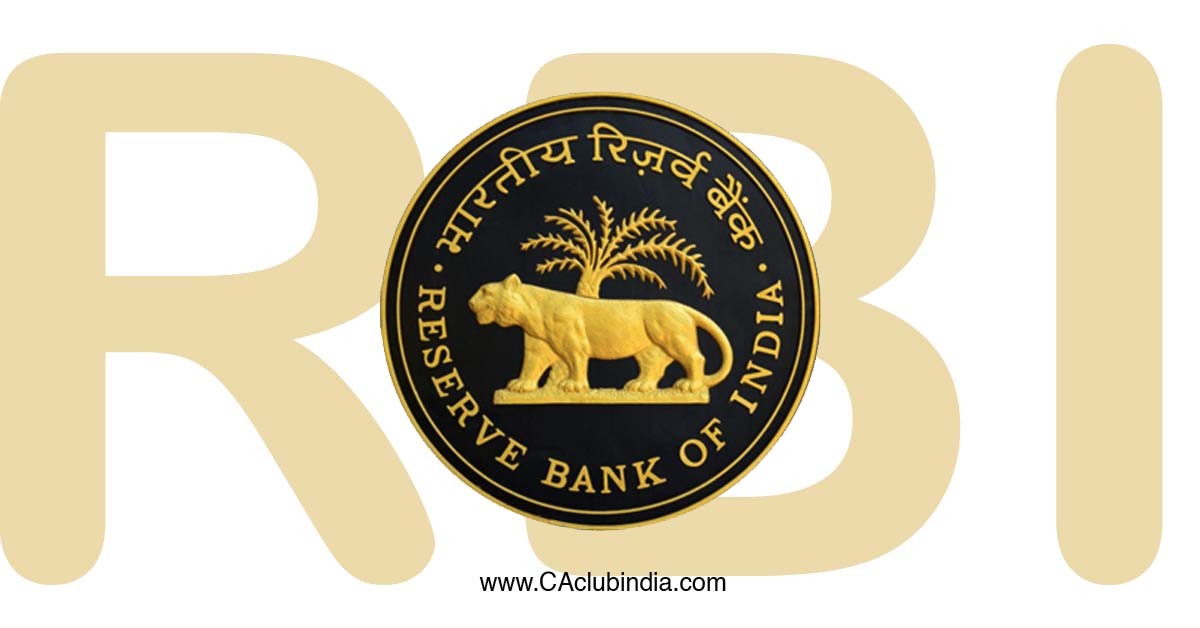1. Increased UPI Transaction Limit for Tax Payments
- The Reserve Bank of India (RBI) has raised the transaction limit for tax payments through UPI from Rs 1 lakh to Rs 5 lakh per transaction.
- This decision addresses the need for higher transaction limits in direct and indirect tax payments, which are often high-value.

2. Background and UPI Growth
- UPI has become the preferred mode of payment due to its seamless features.
- Initially capped at Rs 1 lakh, UPI limits have been periodically reviewed and enhanced for various categories such as capital markets, IPOs, loans, insurance, and education.
3. Introduction of Delegated Payments via UPI
- RBI will introduce a new feature called "Delegated Payments," allowing a primary user to set a UPI transaction limit for a secondary user on the primary user's bank account.
- This initiative aims to expand the user base and deepen the reach of digital payments.
4. Current UPI Statistics
- UPI has a user base of 424 million individuals.
- Over the past four years, UPI transaction volumes increased tenfold, from 12.5 billion in 2019-20 to 131 billion in 2023-24.
- UPI now accounts for 80% of all digital payment volumes in India.
5. Growth of Digital Payments in India
- Digital payments have seen a compounded annual growth rate (CAGR) of 50% in volume and 10% in value over the last seven years.
- In 2023-24, digital transactions totalled 164 billion, valued at Rs 2,428 lakh crore.
- The growth has been supported by the Payment Infrastructure Development Fund (PIDF), which has enhanced the country's payment infrastructure.








 CAclubindia
CAclubindia

